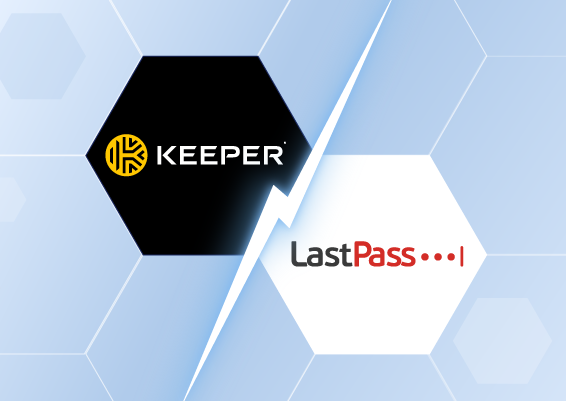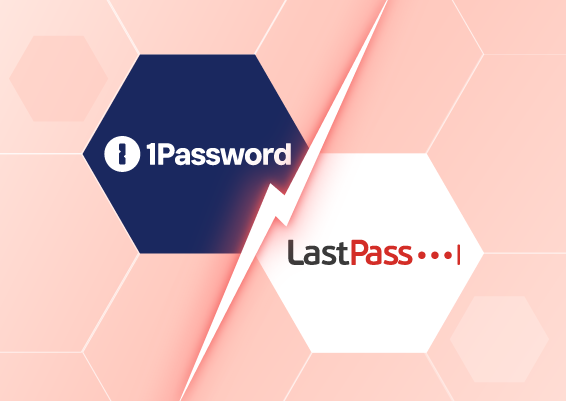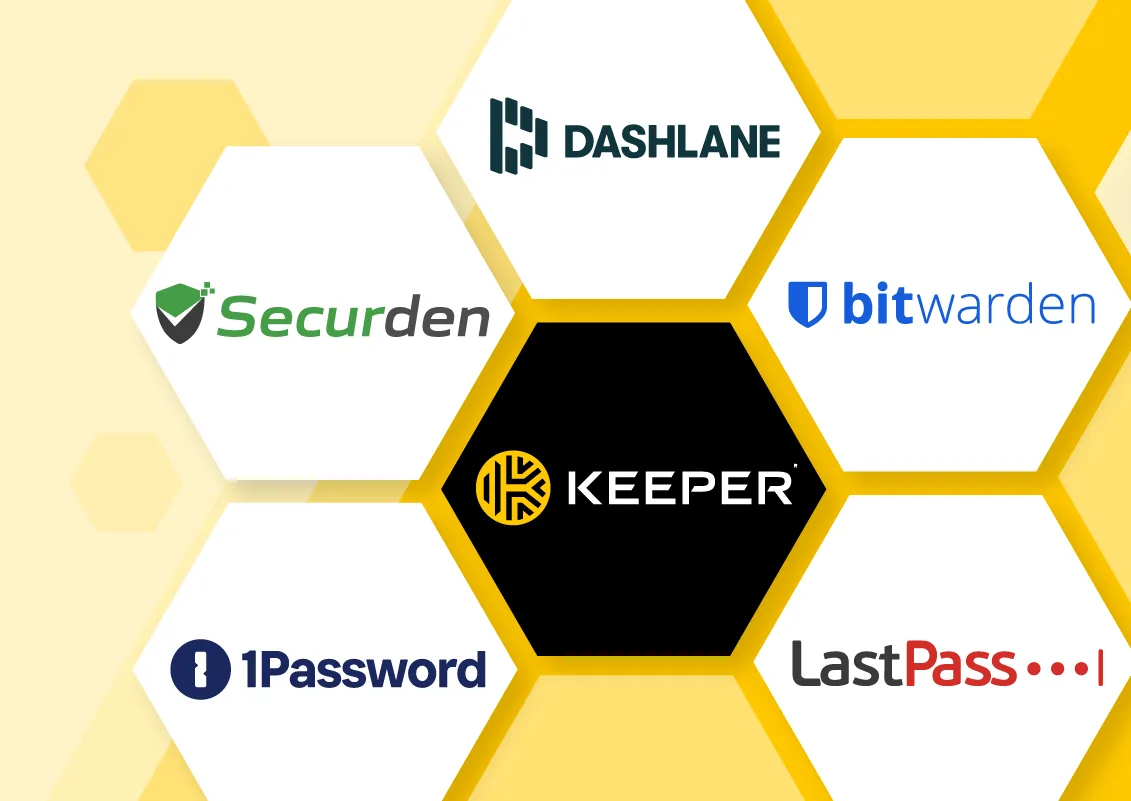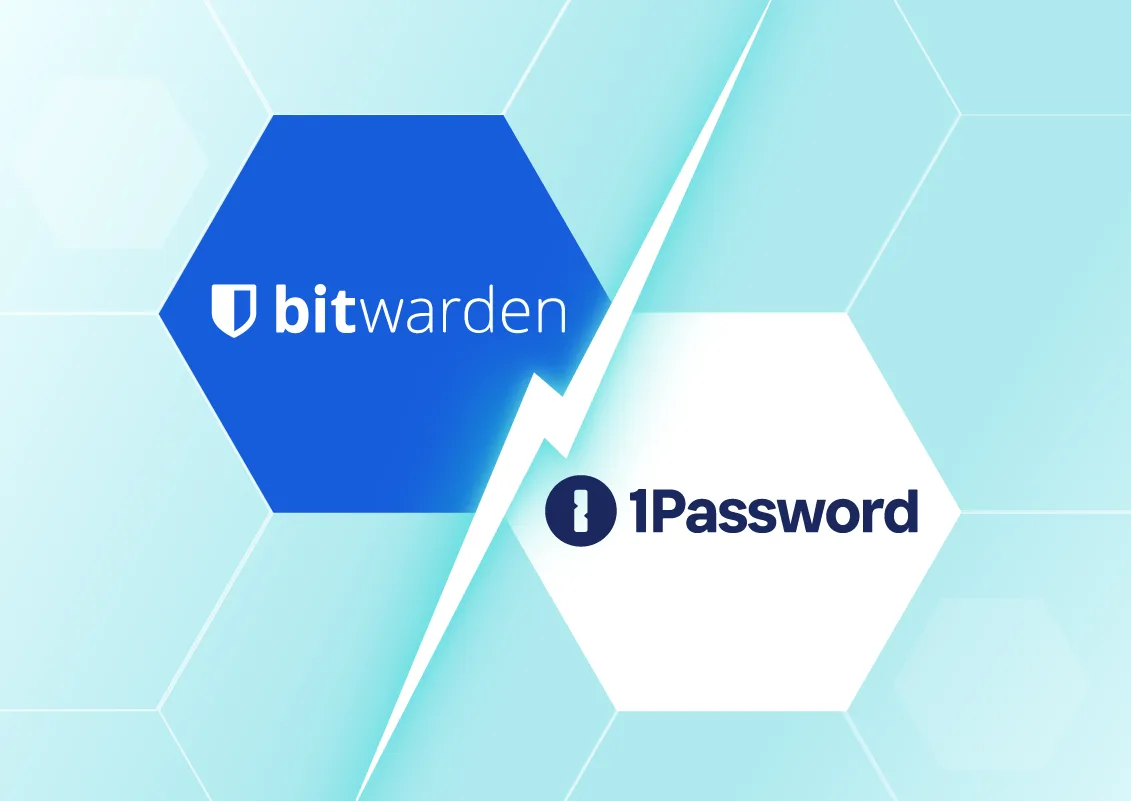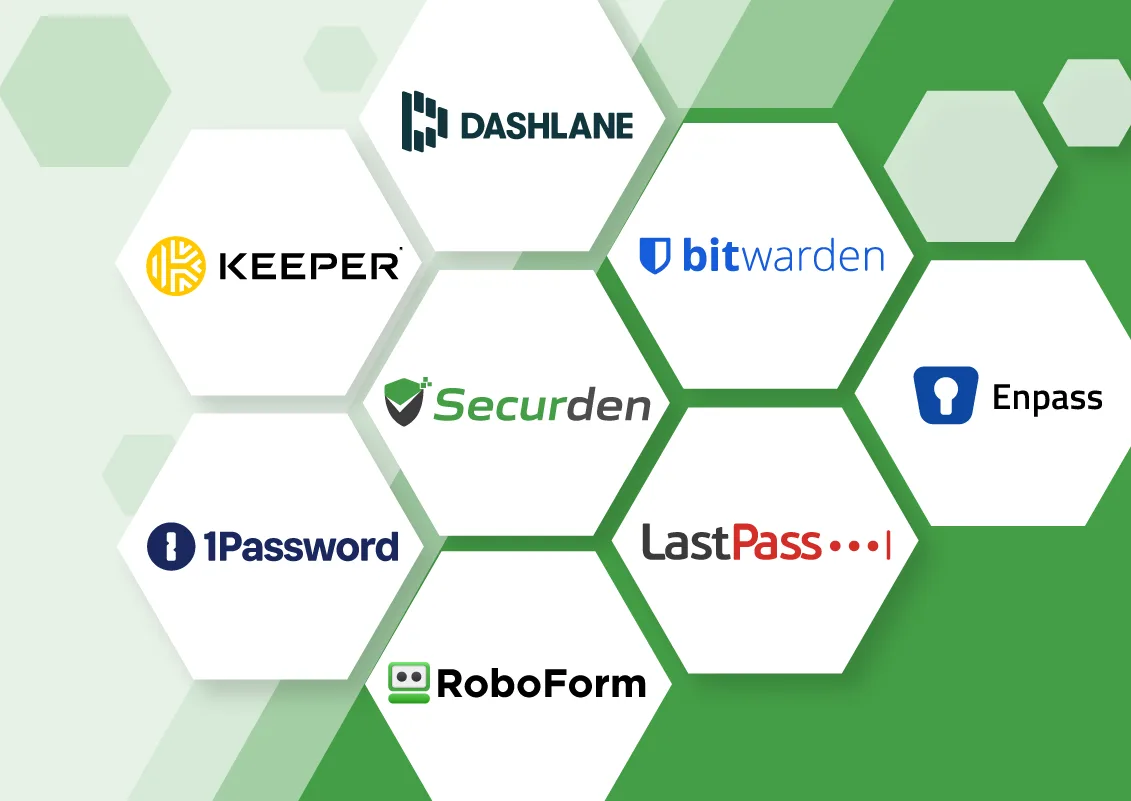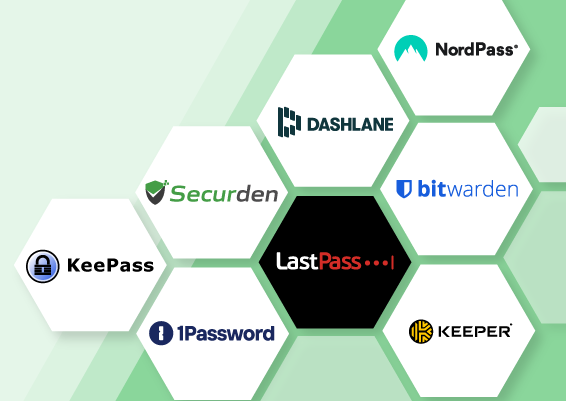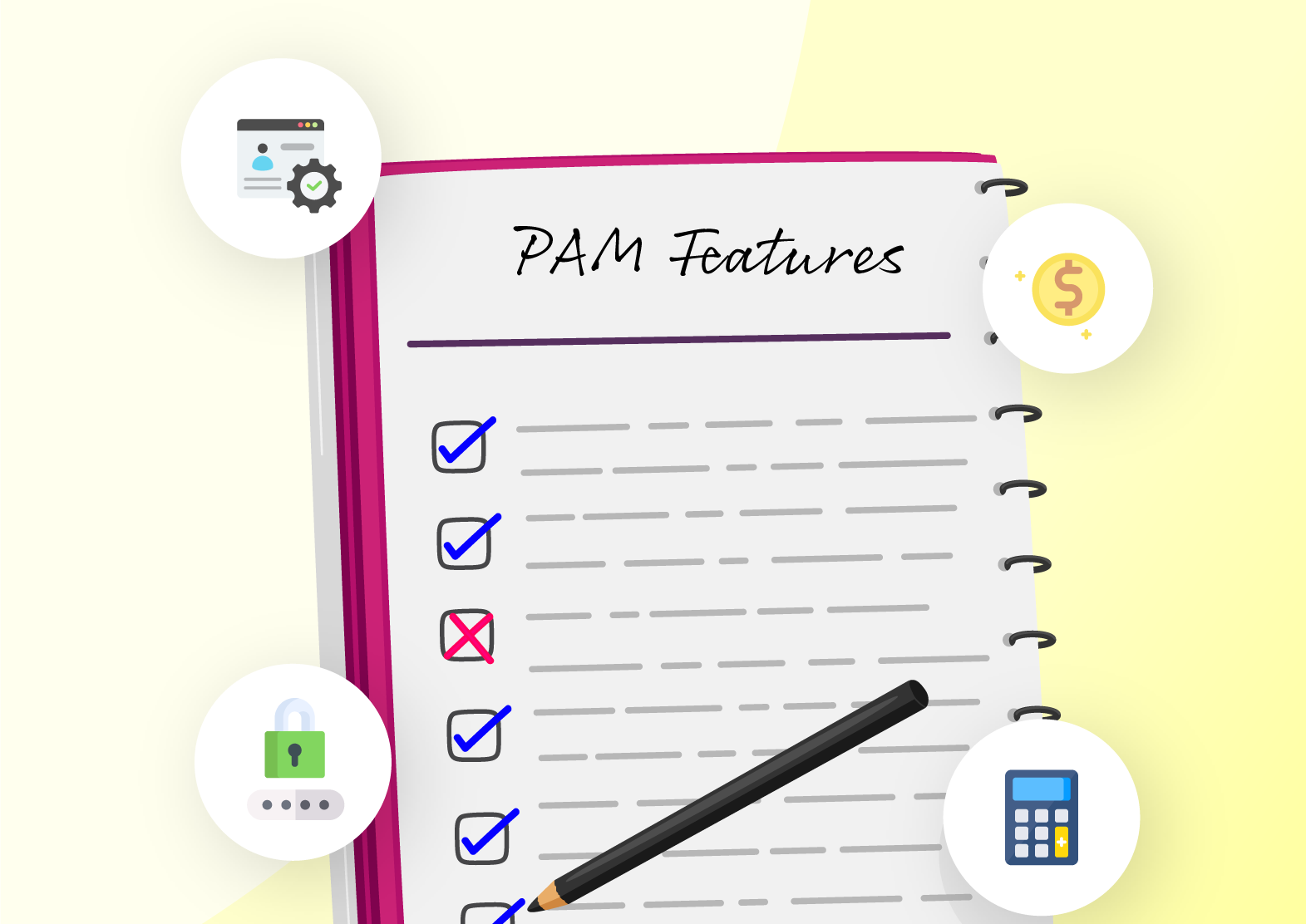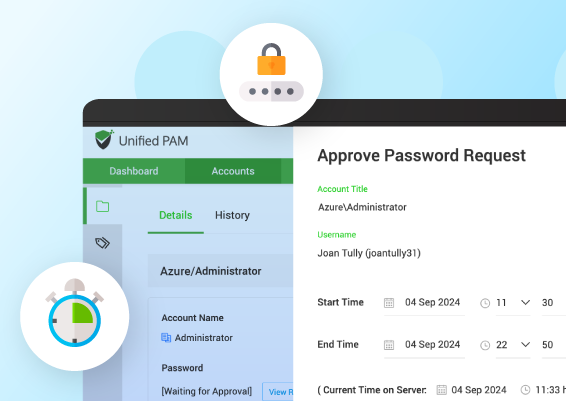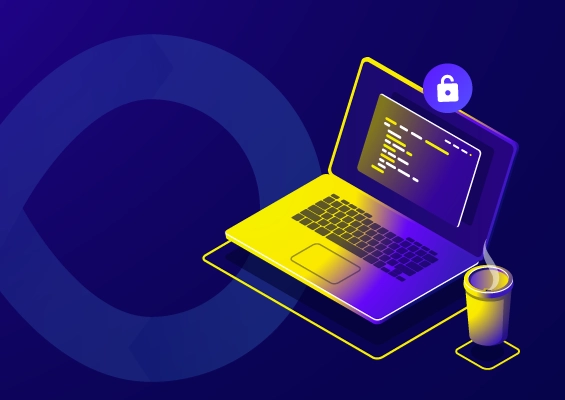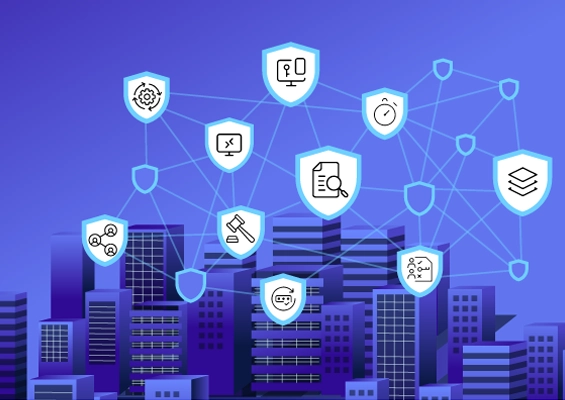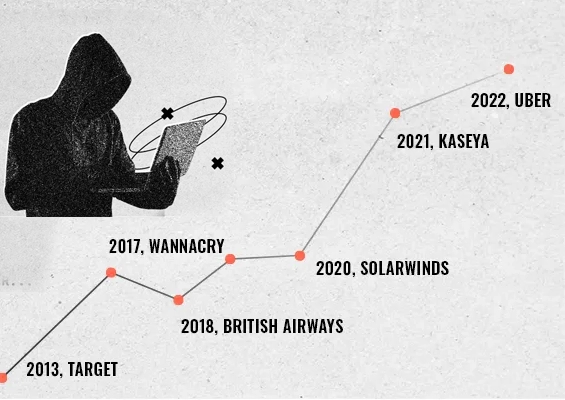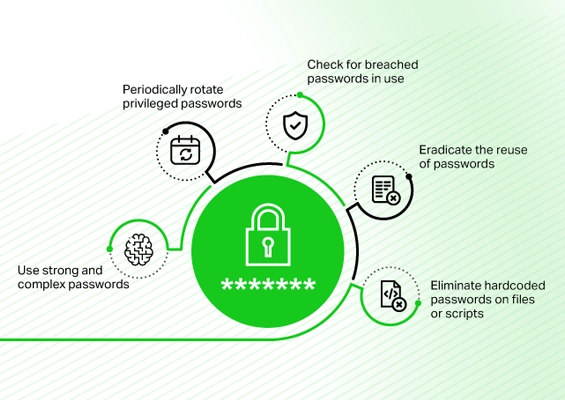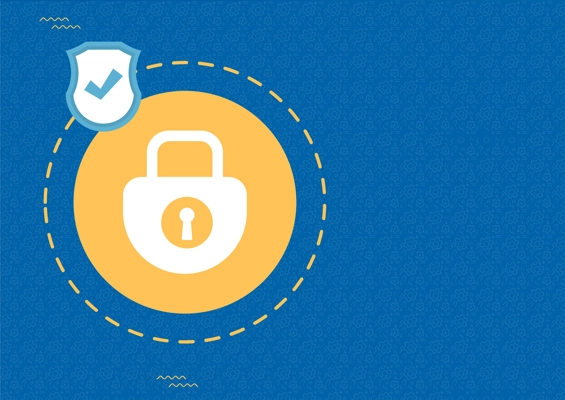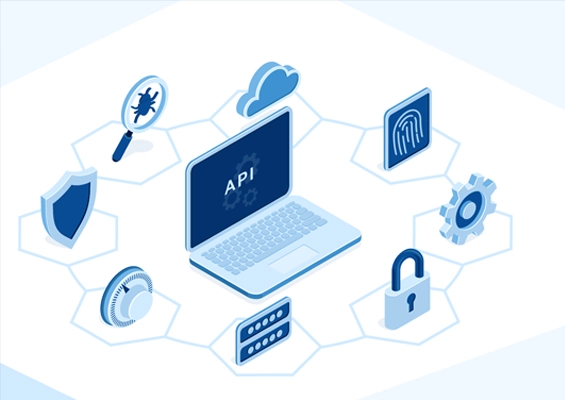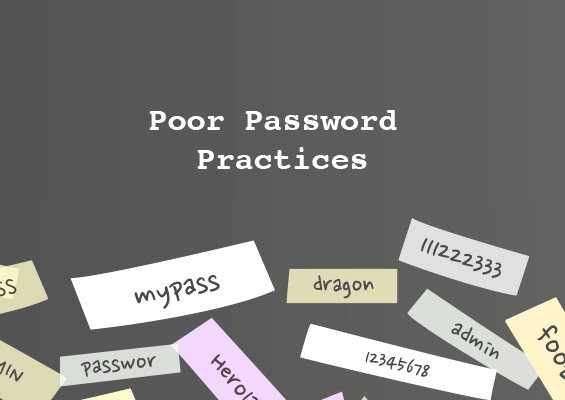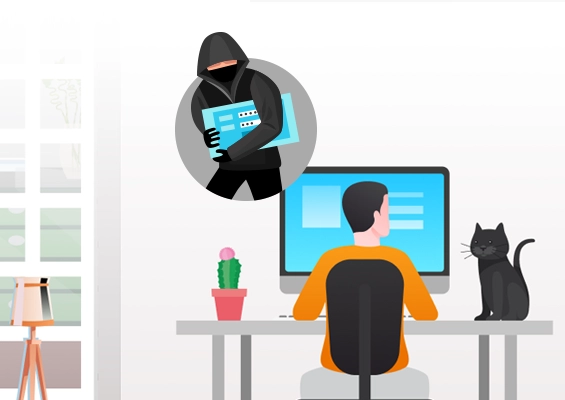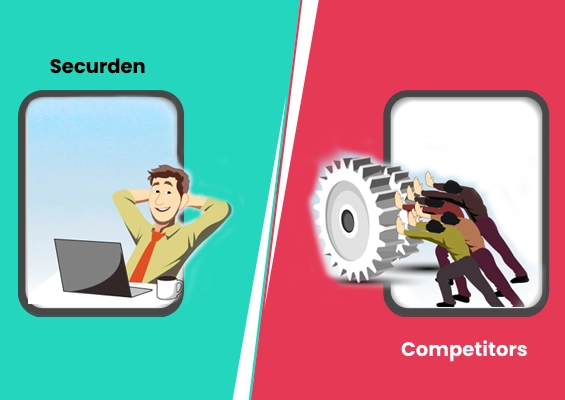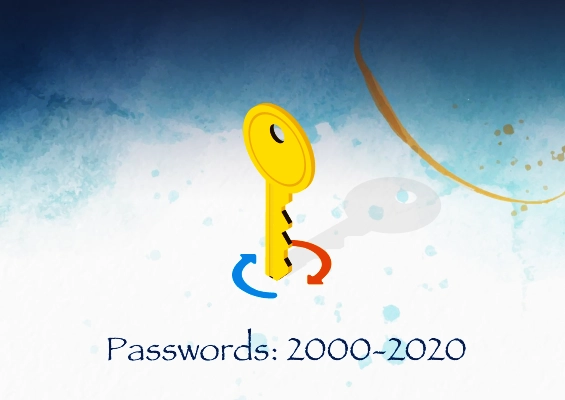Complex networks, layered employee structures, and long processes are synonymous with large organizations and enterprises. Large organizations are often mandated to have robust access management systems in place through industry standards and regulations.
To manage admin rights on numerous endpoints and their users, organizations must deploy a combination of strategic methods. These include role-based access controls, centralized management of user accounts, and just-in-time access to admin rights.
While smaller organizations may get by sharing administrator account credentials with employees when required, large organizations cannot take such risks. Sharing admin account credentials with users is highly risky as the users can do almost anything on their endpoint using the administrator account.
Without strict activity monitoring and provision to grant admin rights in a more granular fashion, large enterprises run the risk of becoming prey to malware and ransomware attacks by granting access to admin account credentials.
How do Enterprises Grant Admin Rights Granularly?
Instead of granting complete admin rights by sharing the admin account credentials, enterprises with mature IT security teams choose to approach the local admin requirements with surgical precision. Large organizations grant granular permissions to run specific applications with admin rights instead of broad local admin rights.
To granularly grant admin rights, enterprises often use a combination of control policies, and robust request-release workflows paired with strict monitoring and tracking measures in place. They might make use of endpoint privilege management solutions that are purpose built to give the IT security teams complete control over admin rights across the organization. EPM solutions implement the principle of least privilege and tackle the local admin rights issue using:
1) Control Policies
Large organizations need to create control policies that can grant permissions to standard users to run specific applications with admin rights.
This is achieved by using endpoint privilege management solutions that facilitate the creation and enforcement of granular policies targeted towards specific endpoints for specific users.
When users need to run an application with admin rights, they can simply exercise their policy-granted permission to elevate the application while they remain standard users on their endpoint.
2) Request-Release Workflows
When users have the need to elevate an application that is not covered by control policies, they would raise a privilege elevation request for that application using the endpoint privilege management solution.
Upon review, the EPM administrator would grant approval or deny the request for elevated privileges.
This workflow can also be used to grant temporary local admin access to specific users to address miscellaneous requirements.
3) Tracking Privilege Elevation Activities
To demonstrate compliance with regulation, large organizations and enterprises keep track of all the privilege elevation activities such as the history of requests raised, approved, and rejected, application elevated, etc. The IT team of large organizations stay on top of the application usage trends to create better control policies and minimize the need for human intervention.
How does Securden Endpoint Privilege Manager Help Manage Admin Rights Effectively?
Securden Endpoint Privilege Management solution is designed to offer holistic management of admin rights.
Track Admin Accounts and Eliminate Admin Rights
Securden Endpoint Privilege Manager helps to track accounts with admin rights, remove admin rights across endpoints, and gives the security team complete and central control over privileges on endpoints.
Policy Based Privilege Elevation
Securden EPM comes with policy based dynamic privilege elevation capabilities. Policy based privilege elevation gives users the freedom and flexibility to elevate applications they need to complete their tasks.
Self-Service Portal for Request-Release Workflow
If the users want to elevate a new application or gain temporary administrator rights, they can make use of the self-service portal without having to wait for the IT helpdesk to set things up.
Integrations with Ticketing Systems
Securden EPM readily integrates with leading ITSM solution providers. Requests raised in the endpoint privilege manager can be approved or denied directly from the ticketing system. Securden supports integration with ticketing systems like Jira, ServiceNow, Zendesk, SolarWinds, GLPI, ManageEngine ServiceDesk Plus, Freshdesk, and FreshService.
Automatic Approvals
To grant application specific admin rights on demand without the approval process, Securden provides an automatic approval policy provision using which you can configure Securden EPM to grant automatic approvals to requests raised by specific users on specific endpoints along with IP address restrictions.
Technician Access Policies
To address one of the most common needs for admin rights, Securden EPM provides the IT helpdesk technicians a secure way to administer endpoints, carryout troubleshooting tasks, installing new software, and updating existing software without ever using the admin account credentials. Using Securden’s technician access policy, IT helpdesk technicians can simply use their own standard user account credentials and elevate individual applications on the endpoint they are working on.
Activity Tracking and Reporting
To help organizations stay compliant with industry regulations and standards, Securden EPM provides comprehensive tracking of admin accounts, user activities, and privilege elevation activities that are performed using the endpoint privilege manager.
Regulations like CMMC, Essential Eight, UK Cyber Essentials, GDPR, SOX, HIPAA, PCI DSS, and NERC-CIP require organizations to implement the principle of least privilege strictly. For demonstrating compliance with these regulations, Securden EPM provides ready-to-use reports that can be exported and sent to relevant teams.
Virtue of the extensive feature set and unparalleled capability to manage admin rights on computers across Windows, Mac, and Linux platforms, top enterprises and large corporations trust Securden EPM to help them implement the principle of least privilege effectively.
Try Securden Endpoint Privilege Manager completely free of charge for 14 days!!
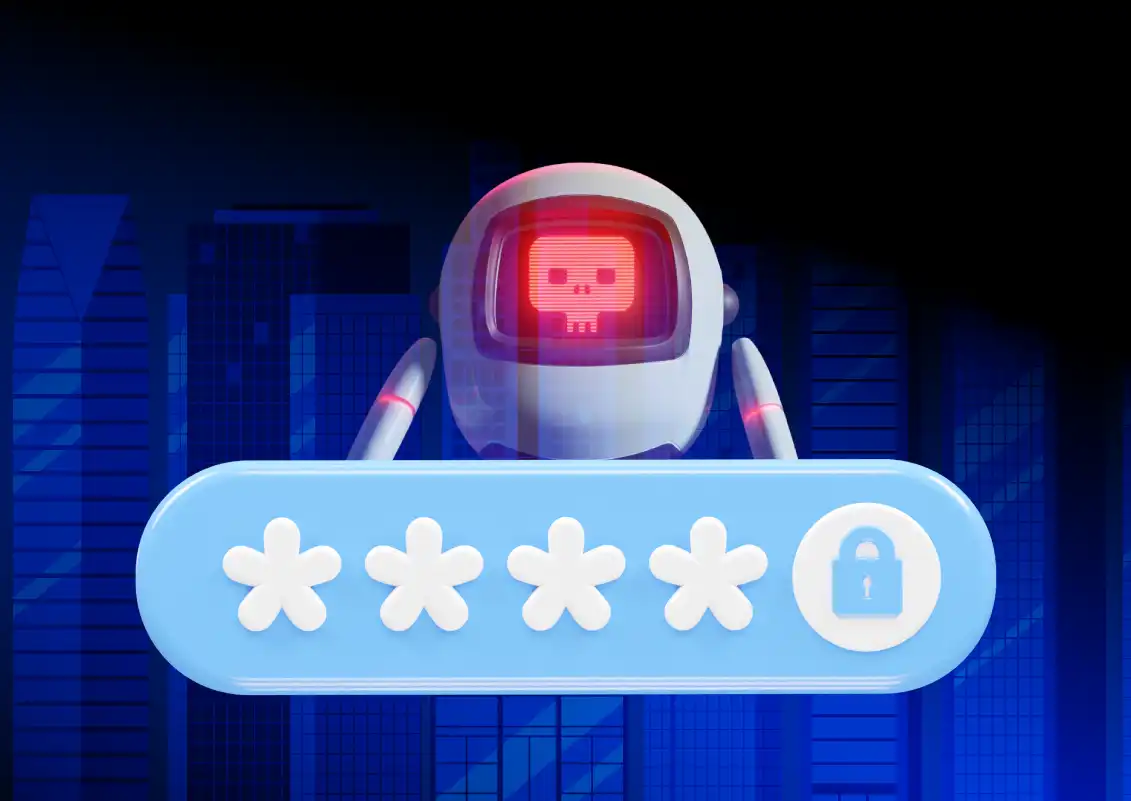
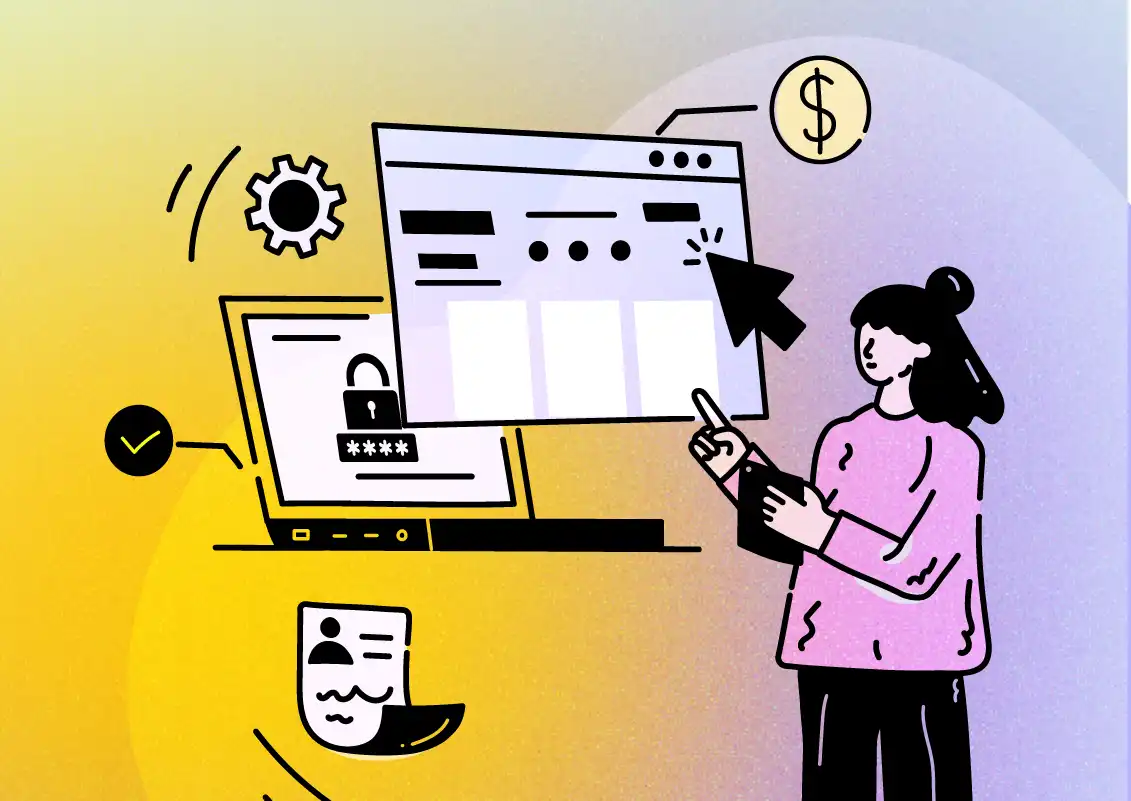
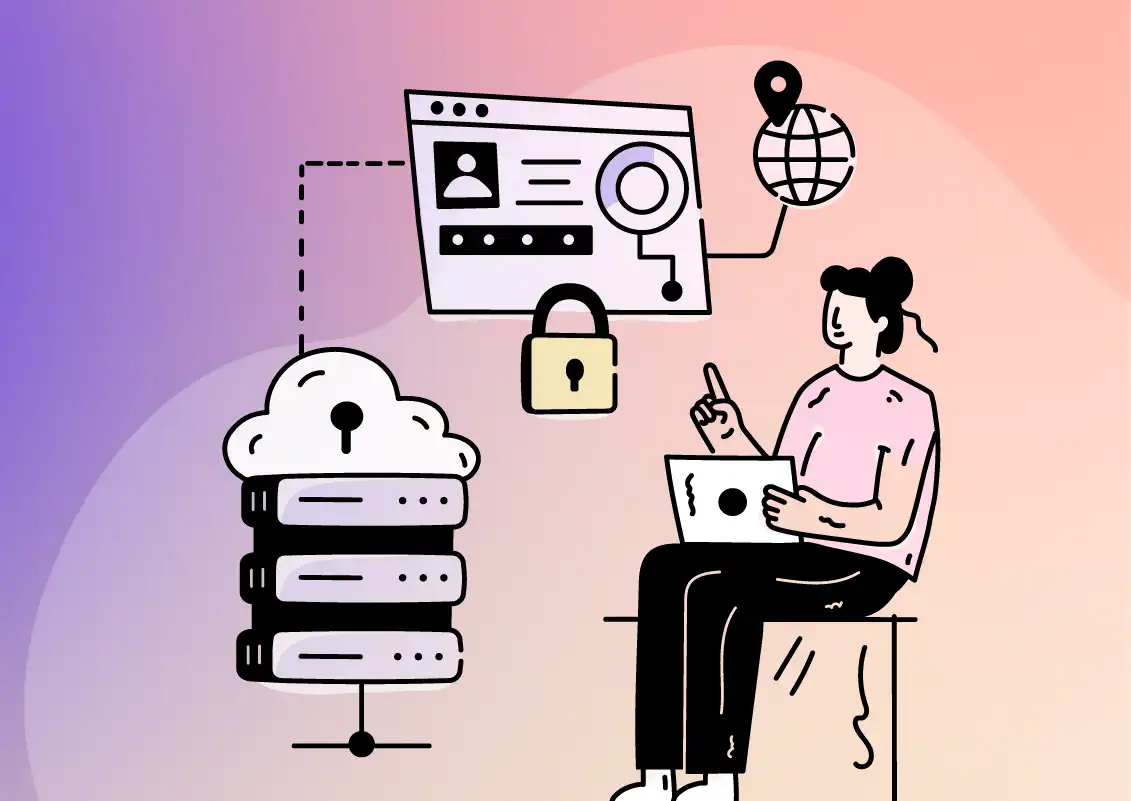

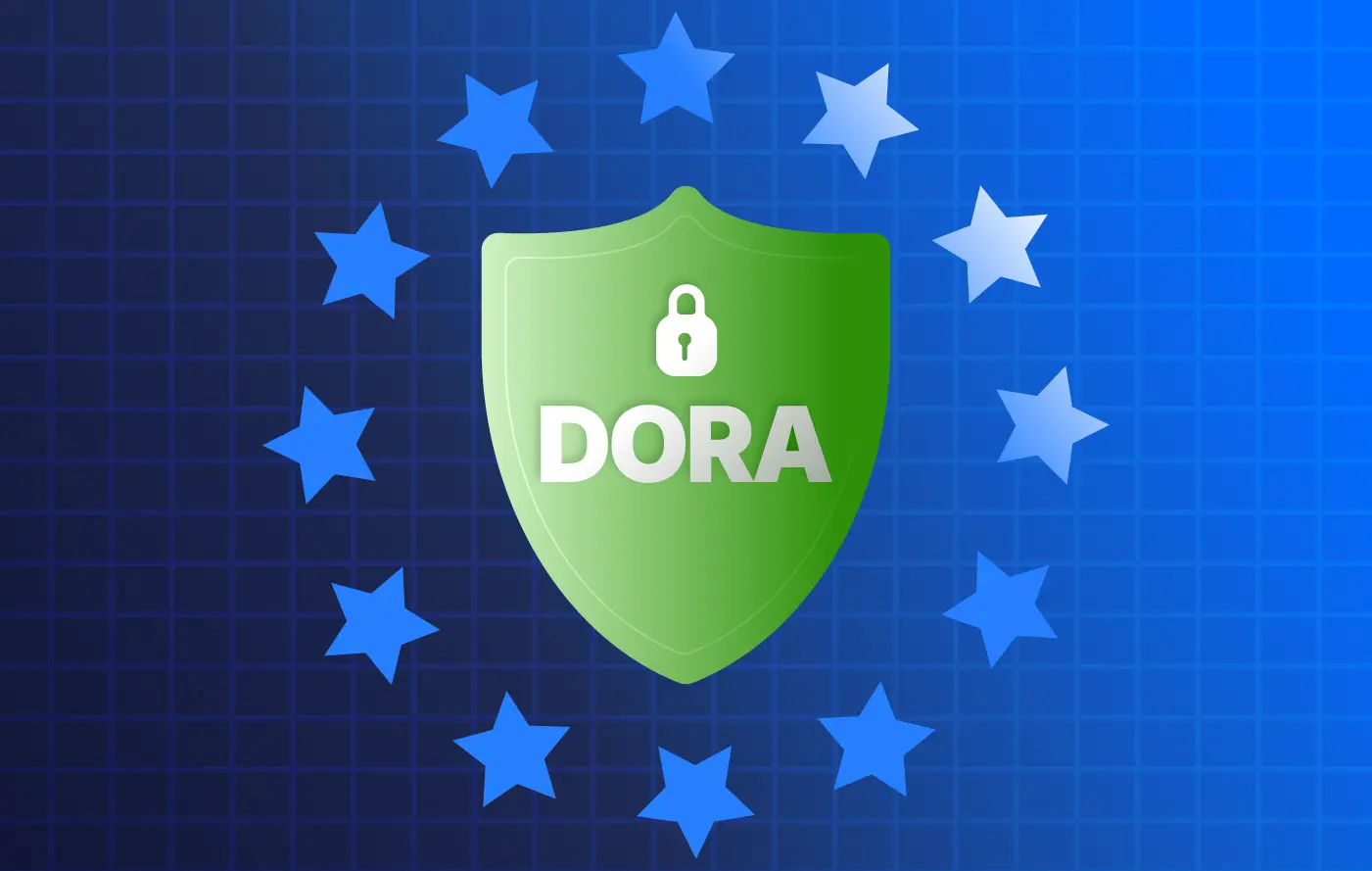

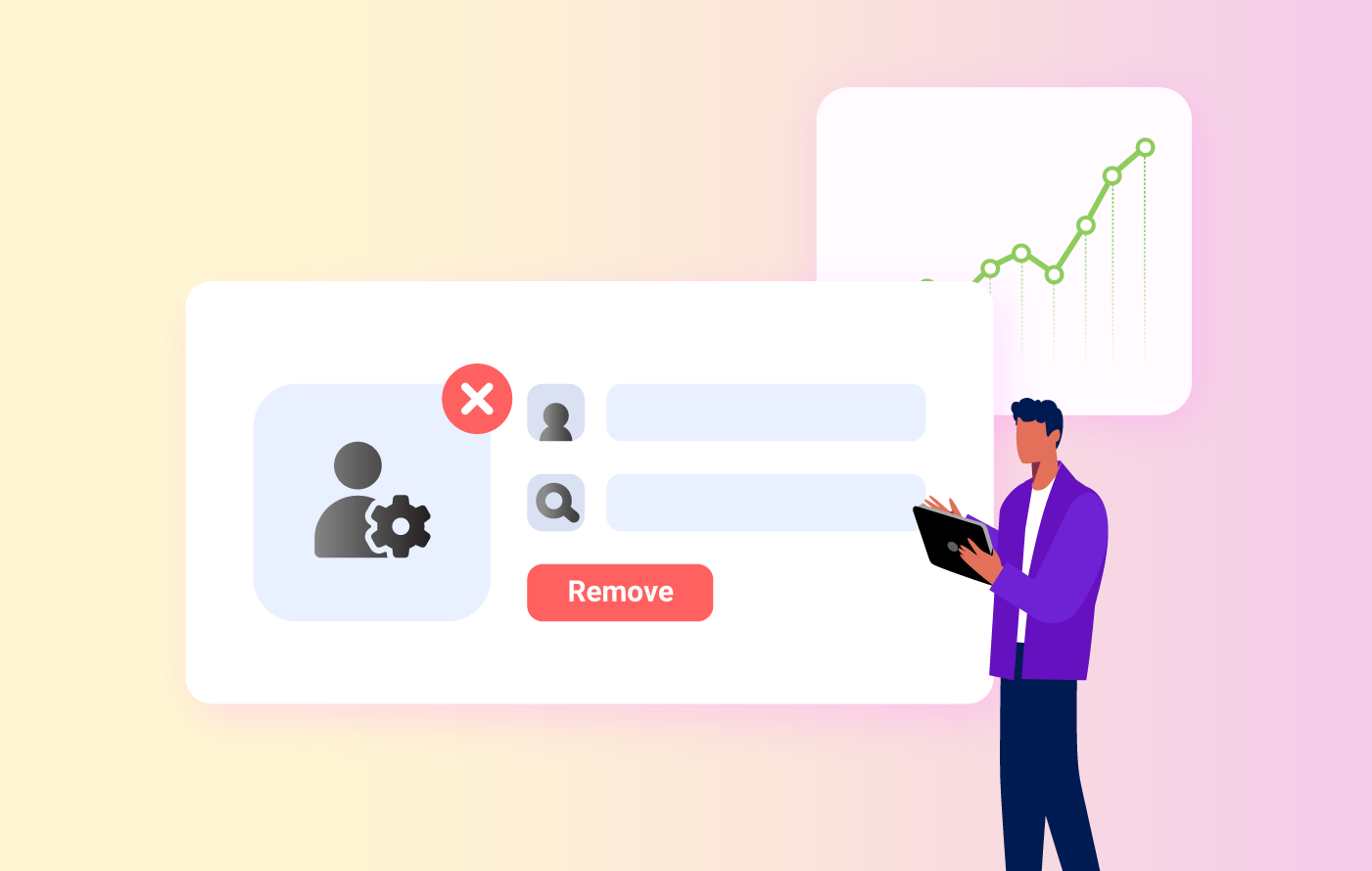
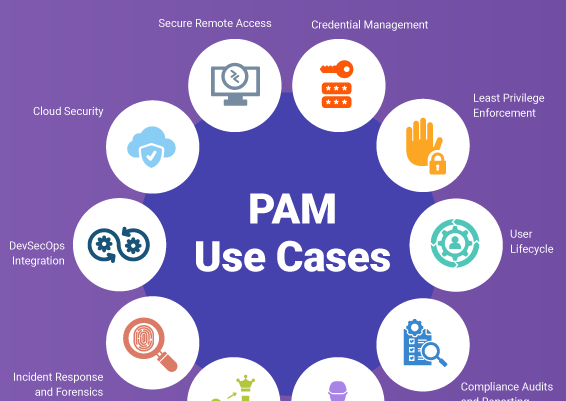
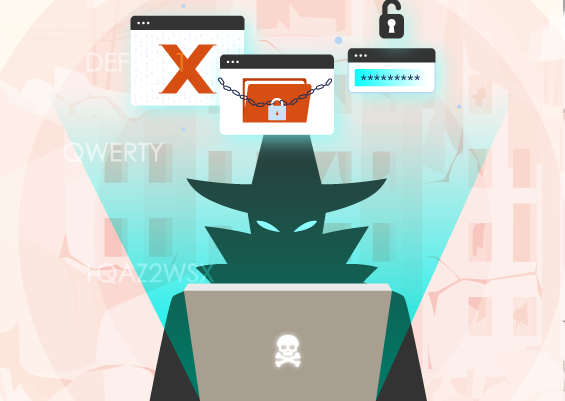
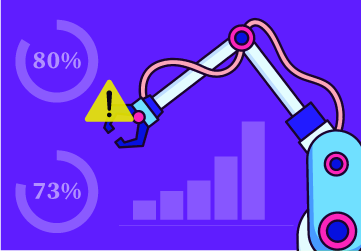
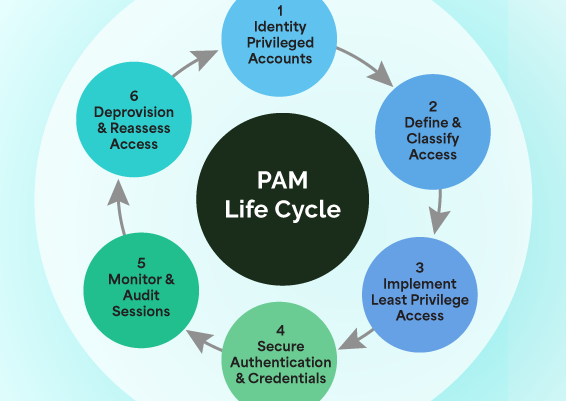
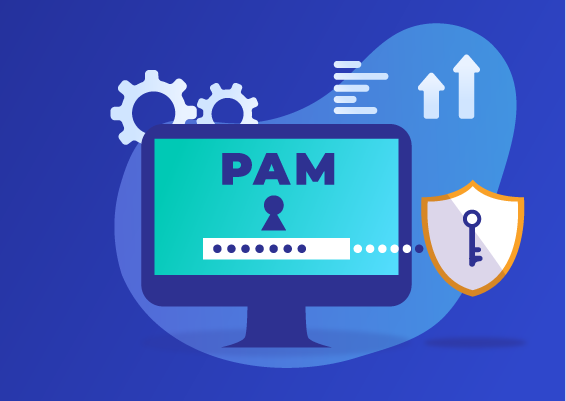
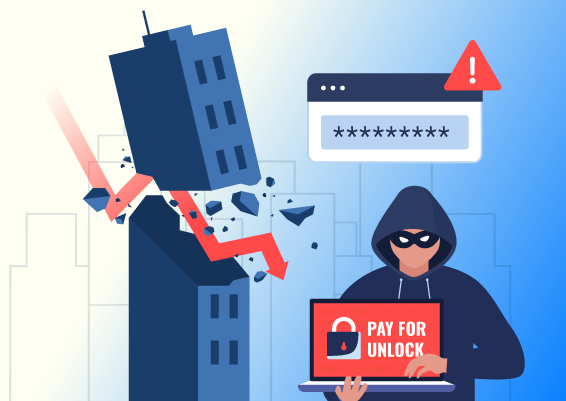
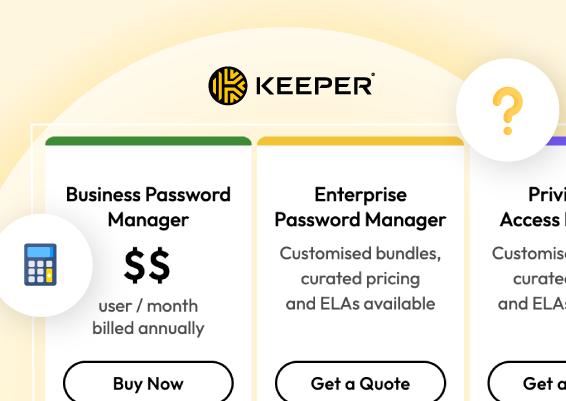
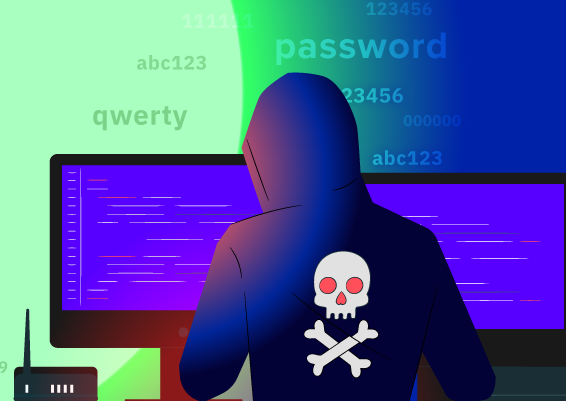
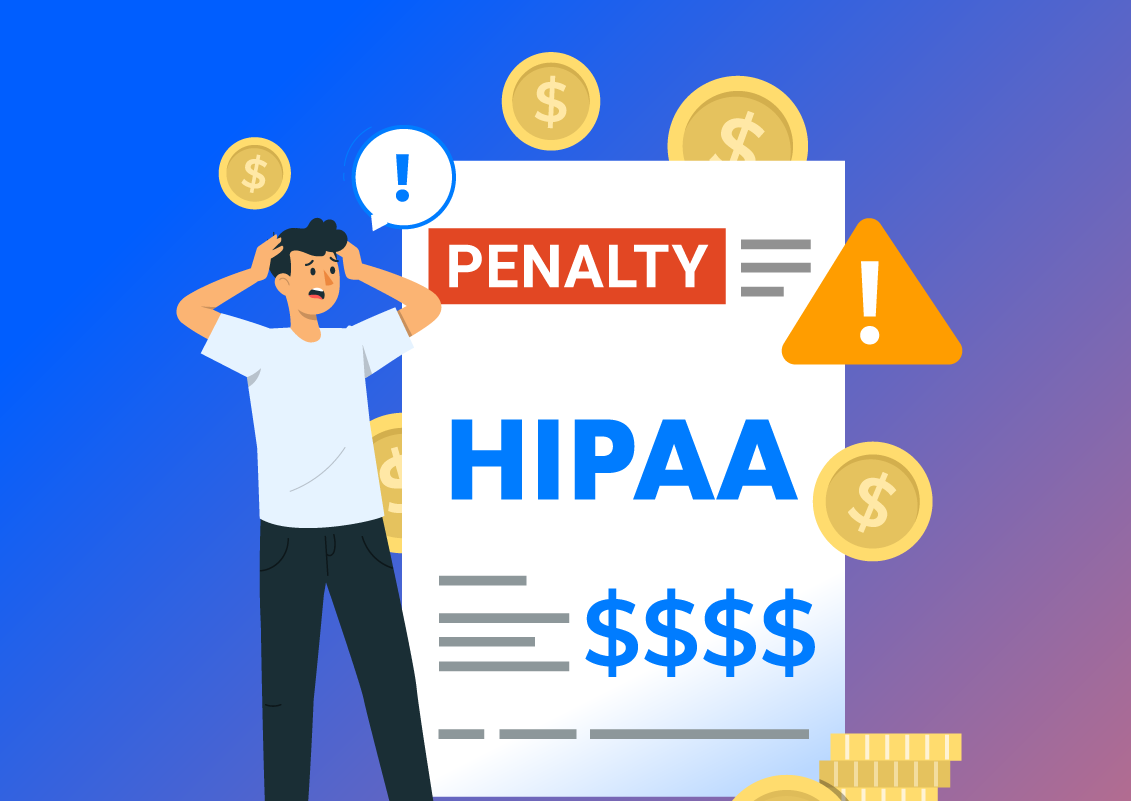
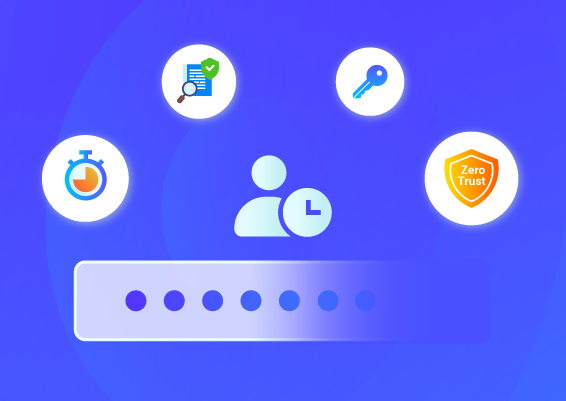
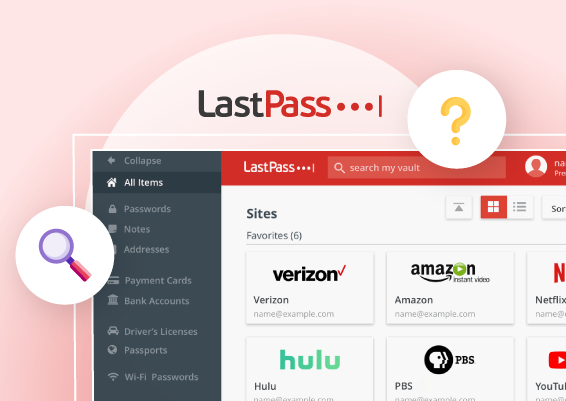
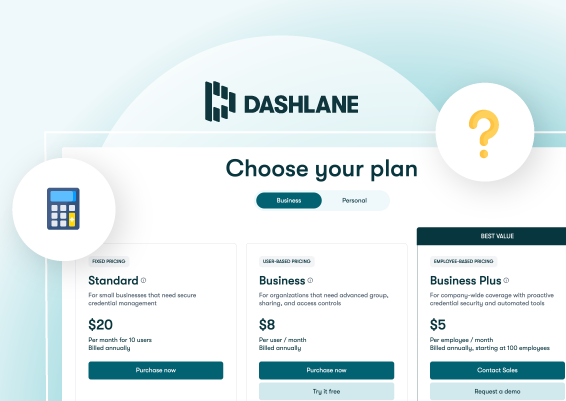
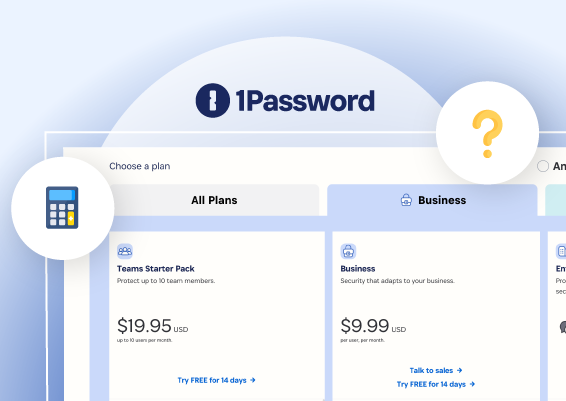
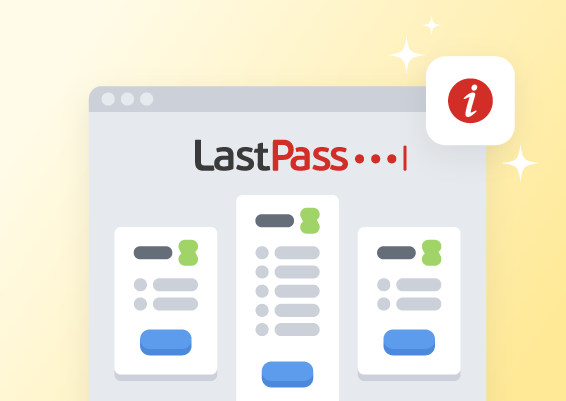
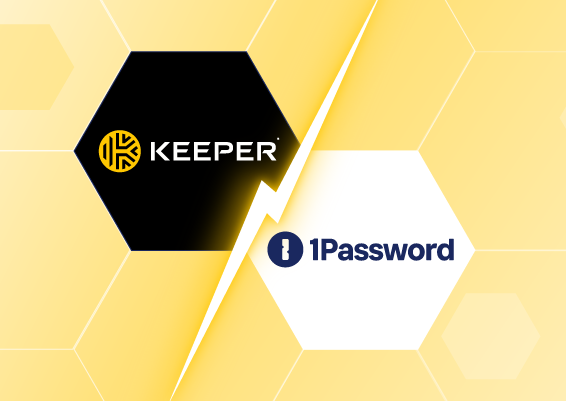
![What is Cloud PAM? [Definition, Features, Benefits, and Factors to Choose the Right One]](/images/cloud-pam/cloud-pam-blog-image.webp)
